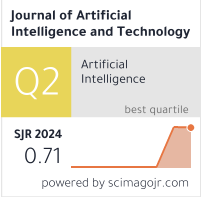On Incentive and Coordination Mechanism of Service Outsourcing Based on Principal-Agent Theory and Blockchain Technology
DOI:
https://doi.org/10.37965/jait.2022.0144Keywords:
service outsourcing, coordination mechanism, distributed incentive mechanism, blockchainAbstract
To address the issue of information asymmetry between the two parties and moral hazard among service providers in the process of service outsourcing, this paper builds the Stackelberg game model based on the principal-agent framework, examines the dynamic game situation before the contract being signed, and develops four information models. The analysis reveals a Pareto improvement in the game’s Nash equilibrium when comparing the four models from the standpoint of the supply chain. In the complete information scenario, the service level of the service provider, the customer company’s incentive effectiveness, and the supply chain system’s ultimate profifit are all maximized. Furthermore, a coordinating mechanism for disposable profifit is built in this study. The paper then suggests a blockchain-based architecture for the service outsourcing process supervision and a distributed incentive mechanism under the coordination mechanism in response to the inadequacy of the principal-agent theory to address the information asymmetry problem and the moral hazard problem. The experiment’s end fifindings demonstrate that both parties can benefifit from the coordination mechanism, and the application of blockchain technology can resolve these issues and effectively encourage service providers.
Metrics
Published
How to Cite
Issue
Section
License
Copyright (c) 2023 Authors

This work is licensed under a Creative Commons Attribution 4.0 International License.





